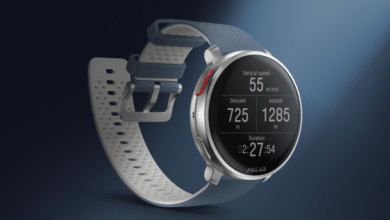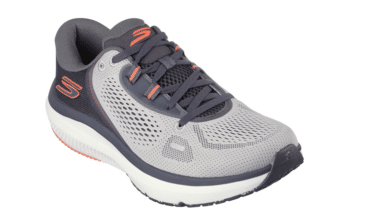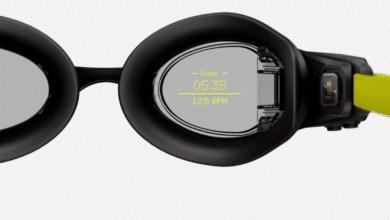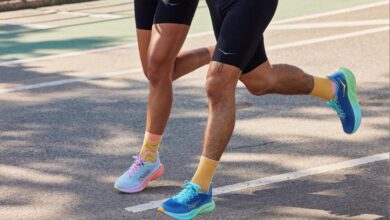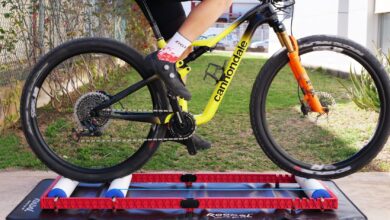Bicycle chain maintenance: Essential guide for the first rains and changes of season
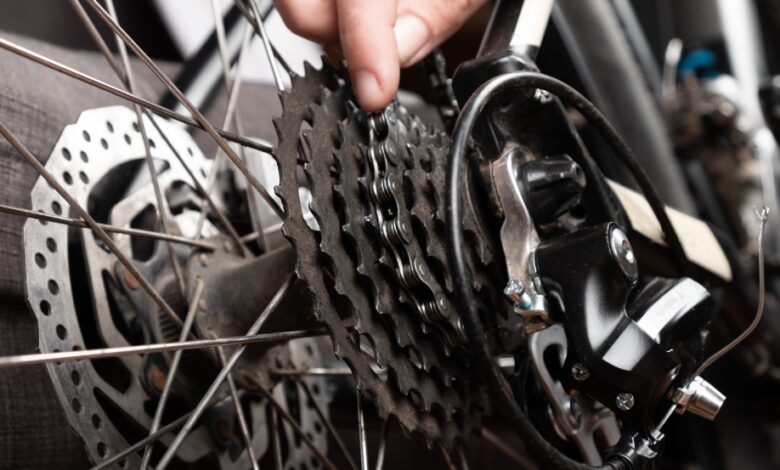
Care and maintenance of the bicycle chain in the rainy season and seasonal changes
Proper maintenance of the chain of the bicycle a is essential to ensure its proper functioning and prolong its useful life. In this essential guide, you will find the necessary steps to clean and lubricate the chain, adapting it to rainy conditions and seasonal changes.
Additionally, care for other drivetrain components and the importance of a regular maintenance routine will also be covered. By the way, do you know how to use a bicycle chain breaker? It is a fundamental tool in this process
Importance of bicycle chain maintenance for the triathlete
Proper maintenance of the bicycle chain is essential for the triathlete, as it ensures both the extension of the useful life of the chain and the optimal functioning of the bicycle.
In addition, it is important to adapt maintenance to rainy conditions and seasonal changes, to ensure constant performance in any situation.
Extend chain life
Regular maintenance of the bicycle chain helps extend its useful life. By removing accumulated dirt and grease, corrosion and premature wear of the links is prevented.
This not only contributes to better bike performance, but also helps avoid costly chain repairs or replacements in the future.
Ensure proper functioning of the bicycle
A clean and well-lubricated chain is essential to ensure the proper functioning of the bicycle. By removing dirt and grease from the chain links, skipping, snagging and strange noises when pedaling are avoided.
This provides a smoother and more efficient riding experience, allowing the triathlete to maintain a constant pace during their training and competitions.
Adaptation to rainy conditions and seasonal changes
Bicycle chain maintenance must also adapt to rainy conditions and seasonal changes. During rainy seasons, the chain tends to accumulate a greater amount of dirt and moisture, which can accelerate its wear and reduce its performance.
On the other hand, changes in season can imply changes in temperature and humidity conditions, which also requires special attention to avoid problems in the chain.
Through proper cleaning and the application of specific lubricant, it is ensured that the chain is protected and functions correctly in any weather situation.
Steps to clean the bicycle chain
Regular care and maintenance of the bicycle chain is essential to ensure its optimal functioning and prolong its useful life.
Here we present the steps to follow to properly clean the chain:
Use of specific cleaner or degreaser
Start by applying a bicycle-specific cleaner or degreaser to the chain. This product is designed to efficiently remove dirt and grease accumulated on the chain.
Brushing the chain to remove dirt and residual grease
Use a stiff-bristled brush or an old toothbrush to scrub the chain and remove any residual dirt or grease.
Make sure you reach all chain links and chainrings, ensuring complete cleaning.
Removal of degreaser residues and drying of the chain
After cleaning the chain, use a rag or sponge to remove any degreaser residue. Make sure the chain is completely dry before proceeding to apply the lubricant.
This will ensure better adhesion of the lubricant and prevent the accumulation of dirt.
With these simple and quick steps, you will be able to keep your bicycle chain clean and in optimal condition, which will contribute to better performance in your triathlon training and competitions, especially during the first rains and changes of season.
Bicycle chain lubrication process
To ensure excellent performance of your bicycle chain, it is essential to carry out the lubrication process properly.
The steps to follow are detailed below:
Application of lubricant to the chain links
Start by applying the specific lubricant to the bottom of the chain while rotating the cranks backwards.
Make sure that the lubricant reaches all the links, allowing proper lubrication of all parts of the chain.
Removal of excess lubricant to avoid dirt buildup
Once the lubricant is applied, use a clean rag to remove any excess lubricant from the surface of the chain.
It is important to perform this cleaning to prevent excess lubricant from attracting and collecting dirt, which could damage transmission components.
Remember that it is essential to repeat this process every time the chain gets dirty or approximately every 200-300 km, depending on the conditions of use.
By following this care and keeping the chain properly lubricated, you will achieve optimal performance of your bicycle and prolong its useful life.
Care of other transmission components
Cleaning the chainrings and applying lubricant to the shift pivots
In addition to chain maintenance, it is essential to pay attention to other drivetrain components, such as chainrings and derailleurs.
To clean dishes, it is recommended to use a stiff bristle cleaning brush or an old toothbrush to remove any accumulated dirt or grease. Make sure you reach all areas, including the teeth of the chainrings.
Once clean, it is important to apply a small amount of specific lubricant to the shift pivots. This will ensure smooth shifting operation and prevent dirt from accumulating in this area.
Removal of excess lubricant on chainrings and derailleurs
After applying the lubricant, it is necessary to remove any excess that may have remained on the chainrings and derailleurs.
Excess lubricant can attract dust and dirt, which can compromise transmission performance.
Use a clean cloth to carefully remove any lubricant residue on the surface of the chainrings and derailleurs.
It is important to ensure that they are dry and clean before continuing to maintain the bicycle.
General bicycle maintenance
This section will address key aspects of general bike maintenance that go beyond the chain.
Below are the main areas to consider:
Check tires, tire pressure and brake pads
It is essential to periodically check the covers to detect possible cuts or excessive wear that could compromise safety.
Additionally, it is important to maintain proper tire pressure to ensure optimal performance and grip.
Likewise, it is necessary to regularly check the brake pads and replace them if they are worn, since an efficient braking system is crucial for safety during triathlon.
Inspect brakes, steering, pedals and gears for problems or strange noises
It is advisable to perform a detailed inspection of the brakes, steering, pedals and gears for possible problems or strange noises.
The brakes should be checked to ensure that they respond correctly and stop efficiently.
The steering must be well adjusted and without play. The pedals should also be inspected for proper operation and to prevent any possible dislodgement.
Finally, the gears should be checked to ensure smooth and precise shifting between gears.
If you detect any problem, it is advisable to go to a specialized workshop for inspection and possible repair.
Recommendation to go to a specialized workshop if problems are detected
If during the general inspection you detect any problem or inconvenience in the components mentioned above, it is advisable to go to a specialized bicycle workshop.
Qualified mechanics will be able to make a precise diagnosis and solve any problem appropriately, thus guaranteeing optimal functioning and safety of your bicycle for your training sessions and competitions.
Importance of regular maintenance routine
Regular maintenance routine is key to keeping the triathlete's bicycle chain in optimal condition and ensuring smooth, long-lasting operation.
By following a proper maintenance routine, you can avoid future problems and maximize your bike's performance.
Benefits for the operation and useful life of the bicycle
Establishing a regular maintenance routine offers a number of benefits to the performance and life of the triathlete's bike:
- Prevents premature wear: Through proper maintenance, excessive wear of the bicycle chain is prevented, thereby prolonging its life and reducing the need for frequent replacement.
- Optimize performance: Regular maintenance guarantees proper functioning of the chain and other transmission components, which translates into better pedaling efficiency and greater comfort during cycling outings.
- Prevents breakdowns and accidents: Carrying out regular maintenance allows you to detect possible problems or wear on the chain before they become major breakdowns. This reduces the risk of the chain breaking during a ride, avoiding possible accidents.
- Cost savings: By maintaining a regular maintenance routine, you reduce the expenses associated with repairs or replacement of transmission components. Taking good care of your chain and other bike essentials can mean significant savings in the long run.
- Greater security: A clean and properly lubricated chain provides greater safety to the triathlete, since the risks of transmission failures that could compromise their physical integrity are minimized.
There are no previous results.







